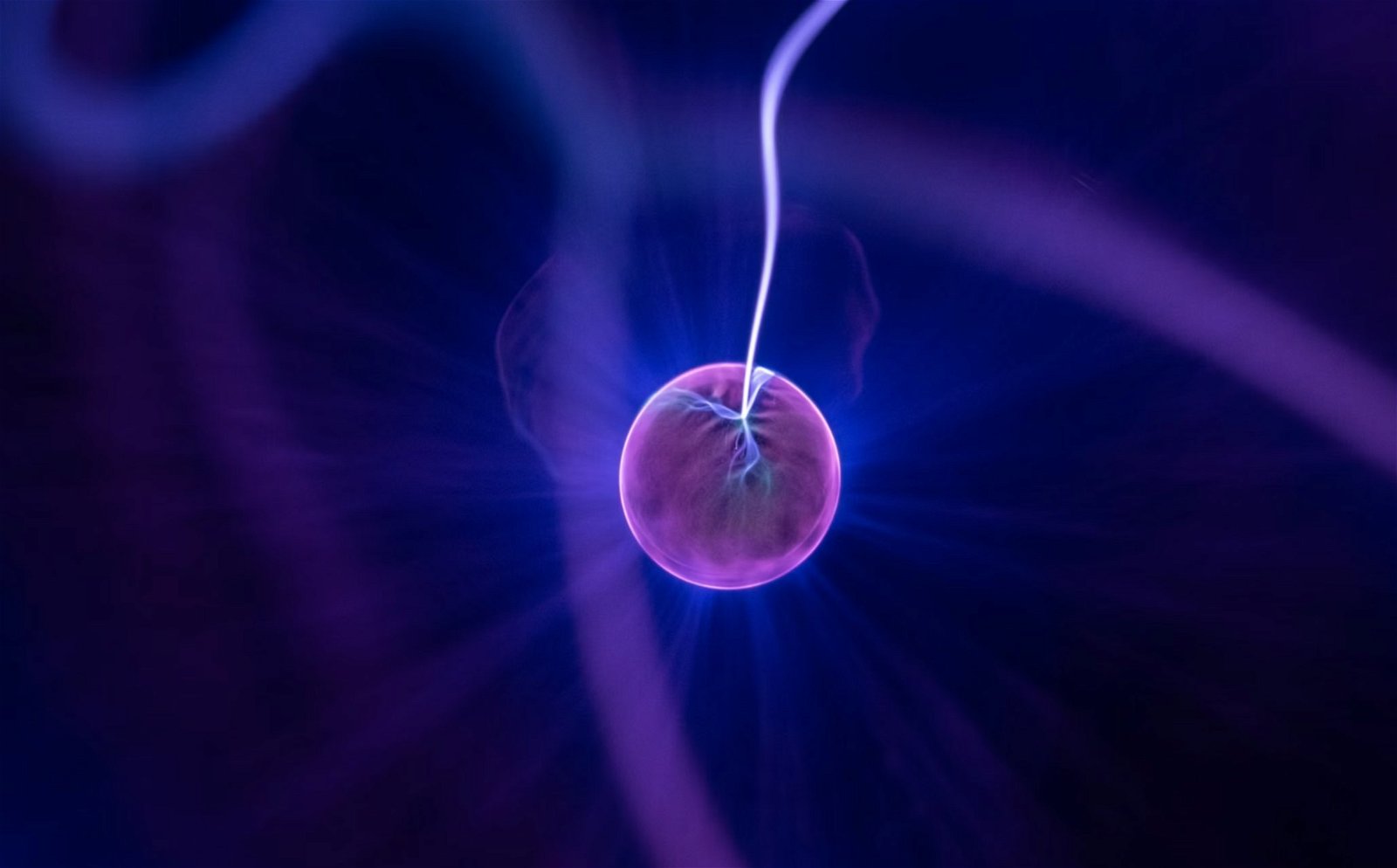A pair of new isotopes have reportedly been created by a team of Chinese researchers, who say their achievement could yield promising new insights into qualities of atomic nuclei that presently still elude scientists.
The discoveries, made during experiments by a team of scientists with the Chinese Institute of Modern Physics under the Chinese Academy of Sciences, yielded two new isotopes, tungsten-156 and osmium-160.
The team’s findings also point to additional possibilities, which include whether lead-164 may possess enhanced stability as what physicists call a doubly magic nucleus, which occurs when nuclei possess completely filled proton and neutron shells.
Presently, lead-208 is known to possess the most massive doubly magic nucleus recognized in physics.
New Isotopes, Magic Numbers
In physics, atomic nuclei can become particularly stable when they possess “magic numbers” of protons and neutrons, which generally include numbers like 8, 20, 28, 50, 82, and 126.
However, past research has shown that new magic numbers have also been revealed, particularly in relation to nuclides rich in neutrons, whereas “traditional” magic numbers seem to disappear in conjunction with neutron-deficient nuclei.
During experiments with the Spectrometer for Heavy Atoms and Nuclear Structure (SHANS), at the Heavy Ion Research Facility in Lanzhou, China, researchers involved with the new creation of the two novel isotopes used a process known as a fusion evaporation reaction to synthesize osmium-160 and tungsten-156.
The researchers measured the energy produced by alpha particles, a form of helium nuclei produced by some radioactive substances, produced by osmium-160, as well as its half-life. While osmium-160 emits alpha particles, its daughter nucleus, tungsten-156, emits beta radiation—high-speed particles produced during radioactive decay—and has a half-life of 291 ms.
Beyond the Proton-Drip Line
Based on the alpha decay measurements, the decay rate’s reduced width for osmium-160 was compared to nuclei possessing 84 neutrons and fewer numbers of protons. According to their observations, the researchers were surprised to learn that the higher the number of protons they measured, the lower the resulting decay rate was found to be.
Yang Huabin, Ph.D., the lead author of a new paper describing the team’s findings, said that this unexpected trend “is interpreted as evidence for the strengthening of 82-neutron shell closure towards the proton drip line, which is supported by the increase of the neutron-shell gaps predicted in theoretical models.”
The enhanced stability of 82-neutron shell closure is likely related to its closeness to the doubly magic nucleus possessed by lead-164, which the researchers theorize may be comprised of 82 protons and 82 neutrons.
Current predictions place lead-164 beyond the proton-drip line, a concept in physics that essentially refers to the point at which atomic nuclei are unbound as far as the emission of a proton or a neutron.
However, the enhanced shell effect the team’s findings seem to imply could mean that it could be a bound or quasi-bound nucleus, as opposed to remaining unbound.
The team’s new study was published in the journal Physical Review Letters.
Micah Hanks is the Editor-in-Chief and Co-Founder of The Debrief. He can be reached by email at micah@thedebrief.org. Follow his work at micahhanks.com and on X: @MicahHanks.

